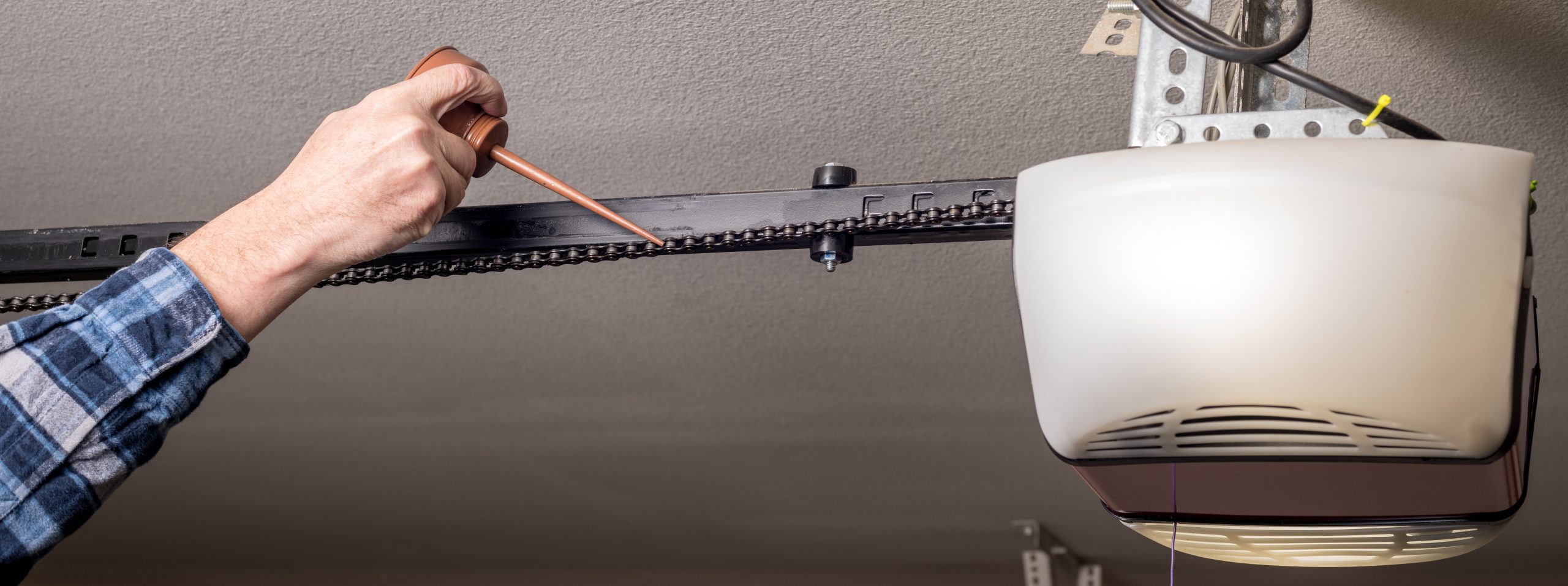

Articles
How To Oil Garage Door Tracks
Modified: March 24, 2024
Learn how to properly oil your garage door tracks with our informative articles. Improve the functionality and longevity of your garage door with our expert tips and techniques.
(Many of the links in this article redirect to a specific reviewed product. Your purchase of these products through affiliate links helps to generate commission for Storables.com, at no extra cost. Learn more)
Introduction
When it comes to maintaining your garage door, one of the key areas that often gets overlooked is the tracks. The tracks play a crucial role in the smooth and efficient operation of your garage door, as they guide the rollers that lift and lower the door. Over time, however, the tracks can become dirty, rusty, or worn out, which can hinder the movement of the door and potentially lead to further damage.
To prevent such issues and keep your garage door functioning properly, it is important to regularly oil the tracks. Oiling the tracks helps to reduce friction, prevents rusting, and ensures that the door moves smoothly along its path. In this article, we will guide you through the process of oiling garage door tracks, step by step, so you can keep your garage door in top condition.
Key Takeaways:
- Regularly oiling the garage door tracks reduces friction, prevents rust, and ensures smooth operation. Follow the step-by-step guide to maintain your garage door and prolong its lifespan.
- In addition to oiling the tracks, check and lubricate the rollers and hinges for optimal performance. Regular maintenance is key to a smoothly operating and long-lasting garage door.
Read more: How To Adjust Garage Door Tracks
Step 1: Gather the necessary materials
Before you begin oiling your garage door tracks, it is essential to gather all the necessary materials. Having everything on hand will ensure a smooth and efficient process. Here is a list of the items you will need:
- Garage door lubricant: Choose a high-quality silicone-based lubricant specifically designed for garage doors. Avoid using WD-40 or other general-purpose lubricants as they can attract dust and dirt.
- Clean cloth or rag: You will need a cloth to wipe off any dirt or debris from the tracks.
- Step ladder: A step ladder will help you reach the tracks comfortably and safely.
- Gloves: It is recommended to wear gloves to protect your hands from the lubricant and any sharp edges on the tracks.
- Safety glasses: Safety glasses will provide protection for your eyes in case any debris or lubricant splashes.
Make sure you have all these items ready before you proceed to the next step. It’s always better to be prepared.
Step 2: Clear any debris from the tracks
Before applying the lubricant, it is important to ensure that the tracks are free from any debris or obstructions. Over time, dirt, dust, and small objects can accumulate in the tracks, preventing the smooth movement of the garage door. Here’s how you can clear the tracks:
- Close the garage door: For safety purposes, it is recommended to close the garage door before starting this step. This will prevent the door from accidentally moving while you are working on the tracks.
- Inspect the tracks: Carefully examine the tracks for any visible dirt, debris, or obstructions. Use a flashlight if needed to get a clear view of the tracks.
- Remove loose debris: If you notice any loose debris such as leaves, twigs, or cobwebs, use a clean cloth or rag to remove them. Gently wipe along the tracks to clear away any loose particles.
- Remove stubborn dirt: If there is caked-on dirt or debris that doesn’t come off with a cloth, you can use a soft brush or an old toothbrush to gently scrub the tracks. Be careful not to apply too much pressure as this can damage the tracks.
- Vacuum the tracks: To ensure thorough cleaning, you can use a vacuum cleaner with a brush attachment to remove any remaining dirt or dust from the tracks. Run the vacuum along the length of the tracks, paying attention to the corners and crevices.
By clearing away any debris from the tracks, you will ensure that the lubricant can penetrate properly and provide maximum effectiveness. It will also help prevent any potential damage to the garage door system.
Step 3: Apply lubricant to the tracks
Now that the tracks are clean and free from debris, it’s time to apply the lubricant. The lubricant will help reduce friction and ensure that the garage door moves smoothly along the tracks. Here’s how you can apply the lubricant:
- Open the garage door: Start by opening the garage door completely. This will give you easy access to the tracks and allow you to apply the lubricant evenly.
- Position yourself: Stand on the step ladder or a stable surface in a position where you can reach the tracks comfortably. Ensure you have a clear view of the tracks and enough space to move your hands freely.
- Shake the lubricant can: Before using the lubricant, give it a good shake to ensure that the ingredients are well-mixed and ready for application.
- Spray the lubricant: Hold the lubricant can approximately 12 inches away from the tracks. Start spraying the lubricant along the entire length of the track on both sides. Use a sweeping motion to ensure even coverage.
It’s important to apply the lubricant in a controlled manner, making sure not to overspray or create excessive drips. Remember, a little goes a long way. Be cautious not to spray the lubricant on any other parts of the garage door, such as the rollers or hinges.
Step 4: Distribute the oil evenly along the tracks
After applying the lubricant to the tracks, the next step is to distribute it evenly for optimal lubrication. This will ensure that the entire track surface is coated and that the lubricant reaches all the necessary moving parts. Follow these steps to distribute the oil evenly:
- Manually move the garage door: To distribute the oil, manually move the garage door up and down a few times. This action will help spread the lubricant along the entire length of the tracks.
- Listen for any unusual noises: While moving the garage door, pay attention to any unusual noises or resistance. If you notice any grinding or sticking, it may indicate that there are areas that haven’t been adequately lubricated. In this case, apply more lubricant to those specific spots.
- Wipe off excess lubricant: After the distribution process, take a clean cloth or rag and wipe off any excess lubricant from the tracks. This will prevent the accumulation of excessive oil, which can attract dust and debris.
By ensuring that the lubricant is evenly distributed along the tracks, you will enhance the smooth operation of your garage door and prolong its lifespan.
Apply a small amount of lubricant, such as silicone spray or white lithium grease, to the garage door tracks to keep them running smoothly. Be sure to wipe off any excess to prevent buildup.
Read more: How To Install A Garage Door Track
Step 5: Check the rollers and hinges for proper lubrication
In addition to oiling the tracks, it is essential to check the rollers and hinges for proper lubrication. These components also play a significant role in the smooth functioning of the garage door. Here’s how you can ensure they are adequately lubricated:
- Inspect the rollers and hinges: Take a close look at the rollers and hinges to see if they are dry or showing signs of wear and tear. Look for any rust, stiffness, or excessive noise when operating the garage door.
- Apply lubricant to the rollers: Use a small amount of lubricant and apply it directly to the roller bearings. Roll each roller back and forth to help the lubricant reach all areas. This will ensure that the rollers move smoothly along their tracks.
- Lubricate the hinges: Apply a small amount of lubricant to the hinges, specifically where they pivot. This will help reduce friction and allow the hinges to move freely.
Proper lubrication of the rollers and hinges will minimize noise, reduce strain on the garage door motor, and prolong the lifespan of these components. It is important to note that you should avoid over-lubrication, as excess oil can attract dirt and debris.
Step 6: Test the garage door movement
After completing the previous steps, it’s time to test the movement of your garage door to ensure that everything is functioning smoothly. Testing the door will allow you to identify any issues or areas that may require further attention. Here’s how to test the garage door movement:
- Stand back and observe: Stand a safe distance away from the door and visually inspect its movement as you open and close it. Look for any signs of jerking, sticking, or uneven operation.
- Listen for any noises: Pay attention to any unusual noises or grinding sounds while the garage door is in motion. Squeaking or grinding sounds can indicate areas that still require lubrication.
- Operate the door: Use the garage door opener or the manual open/close mechanism to operate the door several times. Observe if it moves smoothly along the tracks without any resistance or hitching.
If you notice any issues during the testing process, such as sticking or unusual noises, you may need to repeat the lubrication process or consult a professional for further inspection. Regular testing and maintenance will help ensure that your garage door operates safely and efficiently.
Step 7: Regular maintenance tips
Maintaining your garage door tracks is not a one-time task. To ensure the long-term performance and durability of your garage door system, it’s important to follow regular maintenance practices. Here are some maintenance tips to keep in mind:
- Clean the tracks regularly: Regularly inspect the tracks for any dirt, debris, or obstructions. Use a cloth or brush to remove any buildup to prevent interference with the door’s movement.
- Apply lubricant periodically: In addition to the initial oiling, it’s recommended to apply lubricant to the tracks, rollers, and hinges at least once or twice a year. This will help maintain smooth operation and reduce friction.
- Check for loose hardware: Periodically check and tighten any loose screws, bolts, or brackets in the garage door system. Loose hardware can affect the alignment of the tracks and compromise the door’s performance.
- Keep the tracks clear: Avoid storing items or stacking boxes near the tracks that could obstruct the door’s movement. Keeping the tracks clear will prevent any accidental damage and ensure smooth operation.
- Inspect for wear and tear: Regularly inspect the tracks, rollers, hinges, and other components for signs of wear. If you notice any cracks, rust, or other damage, it may be necessary to repair or replace the affected parts.
- Consider professional maintenance: While regular maintenance tasks can be done by homeowners, it is also wise to schedule professional maintenance at least once a year. Garage door professionals can perform a more thorough inspection and make any necessary adjustments or repairs.
By following these maintenance tips, you can extend the lifespan of your garage door and keep it operating smoothly and safely for years to come.
Conclusion
Maintaining your garage door tracks is an essential part of keeping your garage door in optimum condition. By following the steps outlined in this article, you can ensure that your garage door operates smoothly, quietly, and efficiently.
Regularly oiling the tracks helps reduce friction, prevent rusting, and prolong the lifespan of the garage door system. By clearing any debris, applying lubricant, and distributing it evenly, you can keep the tracks in optimal condition. Additionally, checking and lubricating the rollers and hinges further enhances the smooth operation of the garage door.
Remember to test the garage door movement after completing maintenance tasks to identify any issues that may require further attention. Regular maintenance, such as cleaning the tracks and applying lubricant periodically, is essential for the long-term performance of your garage door system.
By following these steps and implementing regular maintenance practices, you can maximize the lifespan of your garage door, prevent costly repairs, and ensure the safety and convenience of accessing your garage.
So, take the time to oil your garage door tracks and enjoy a smoothly operating garage door for years to come.
Frequently Asked Questions about How To Oil Garage Door Tracks
Was this page helpful?
At Storables.com, we guarantee accurate and reliable information. Our content, validated by Expert Board Contributors, is crafted following stringent Editorial Policies. We're committed to providing you with well-researched, expert-backed insights for all your informational needs.
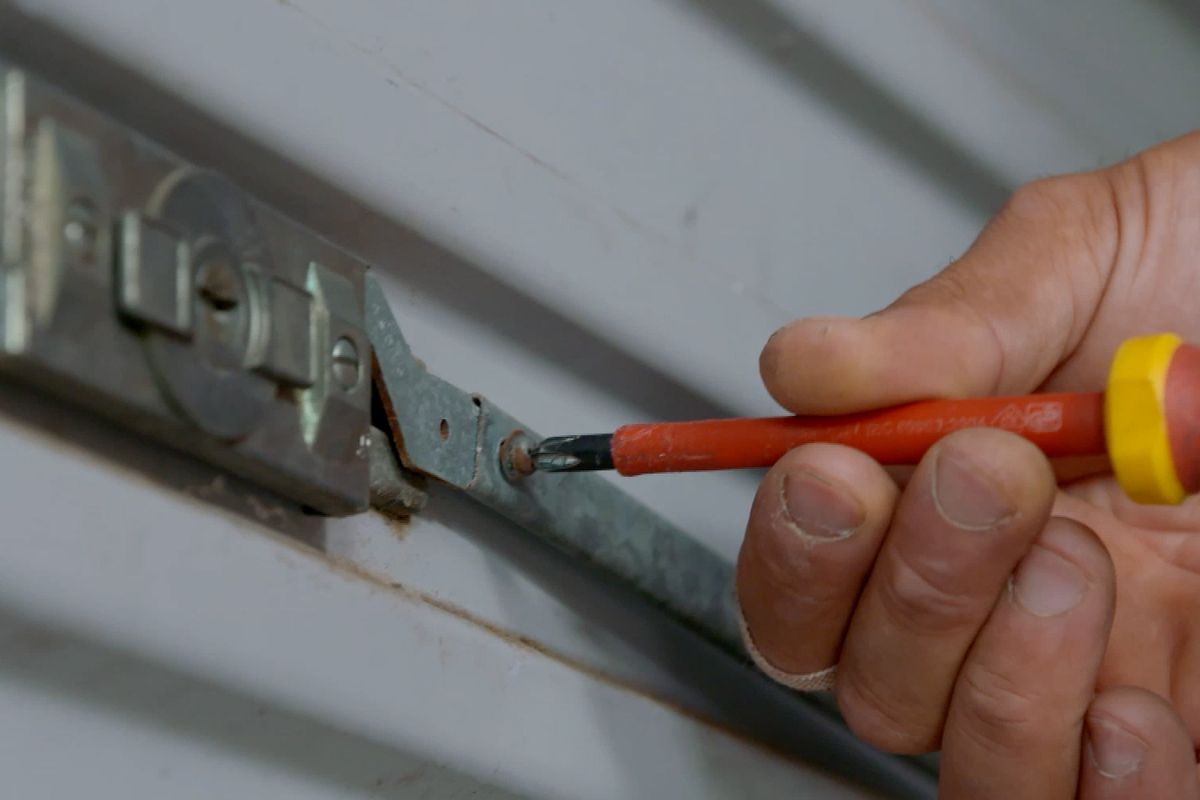
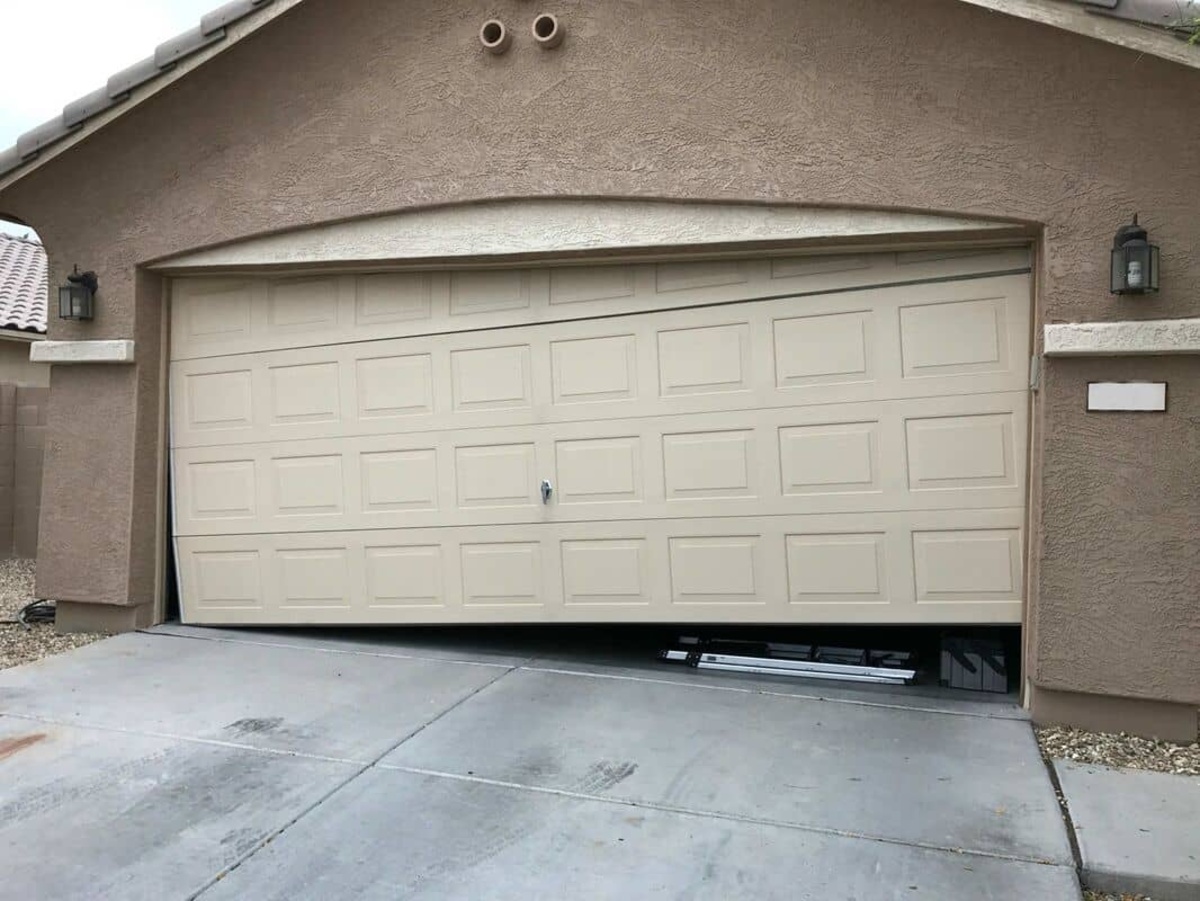
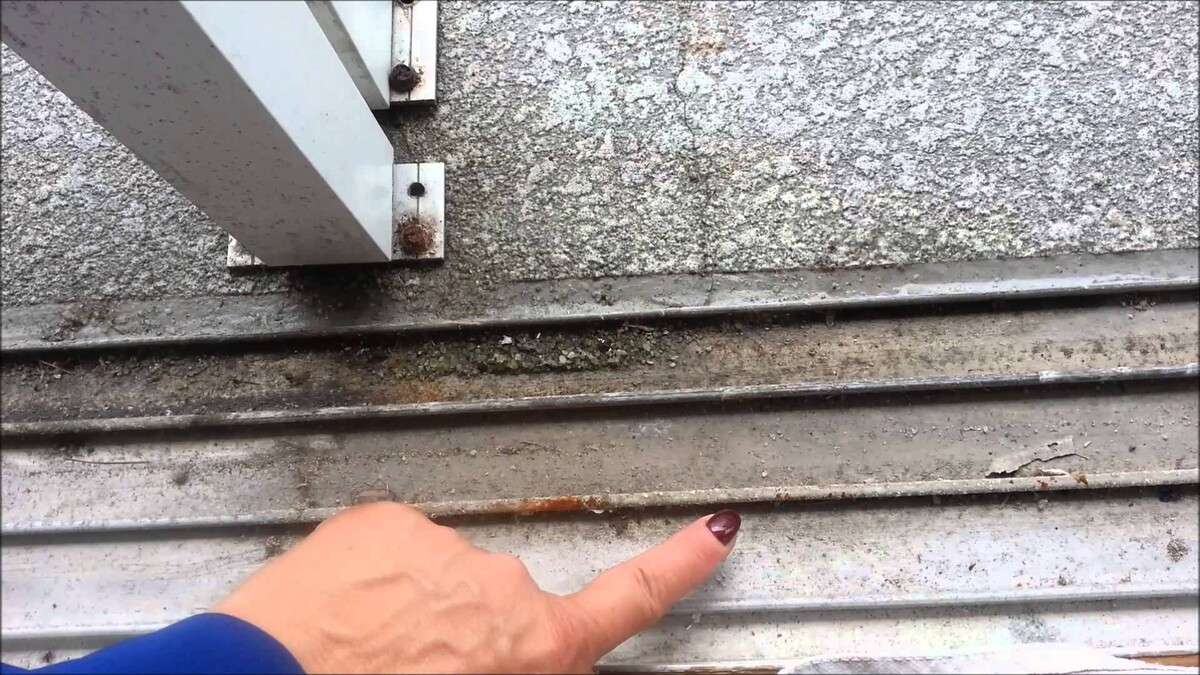

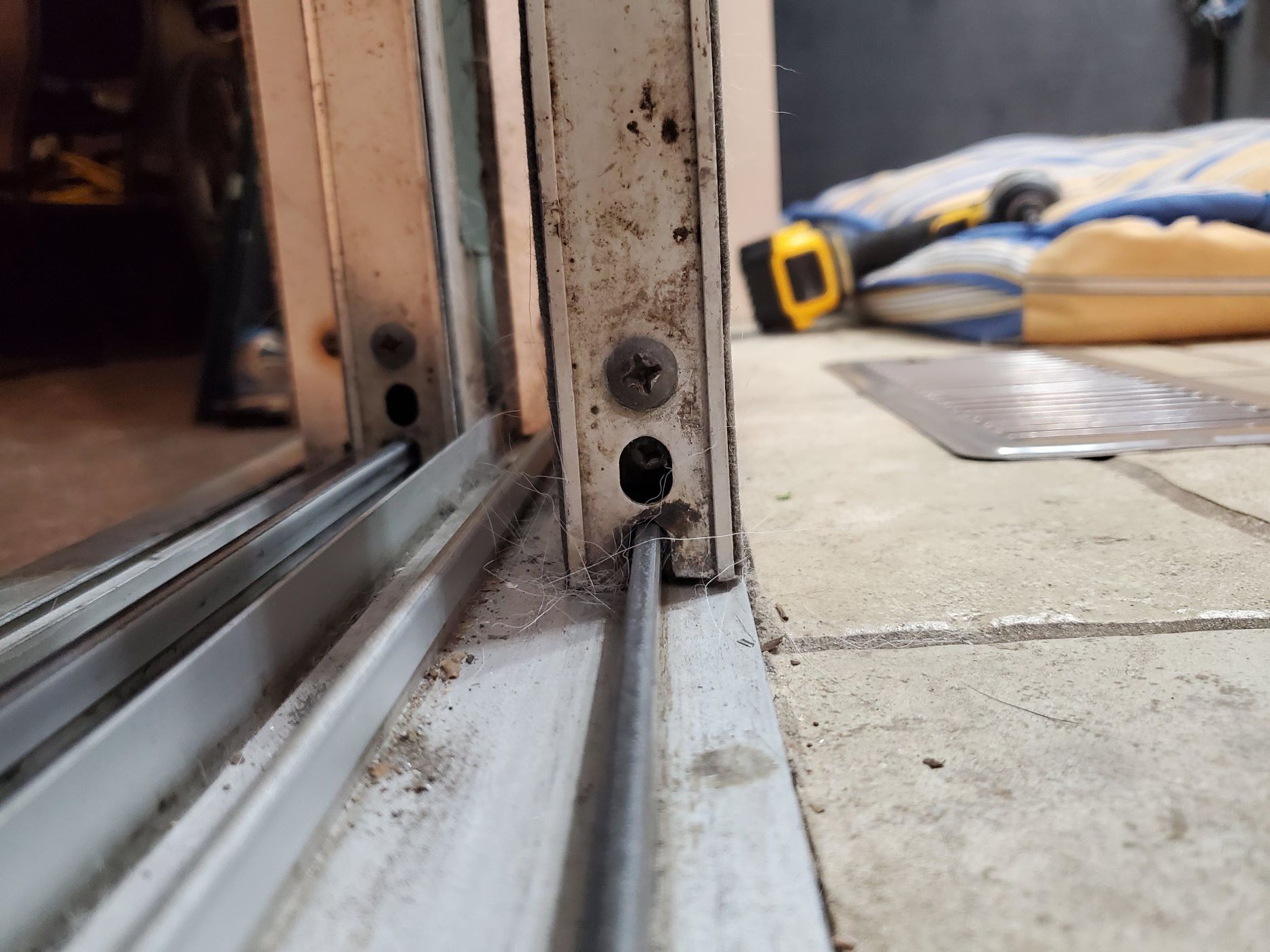

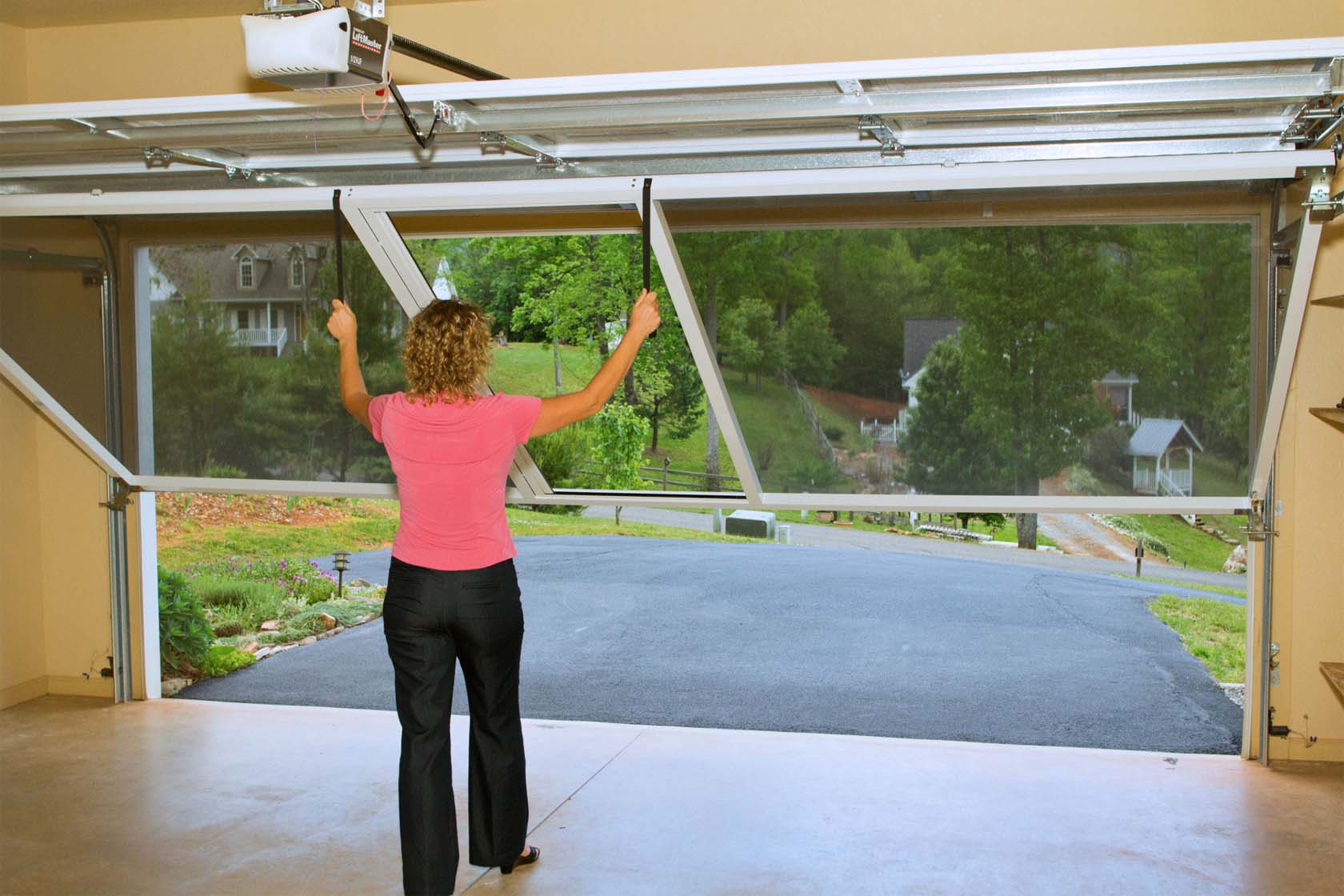
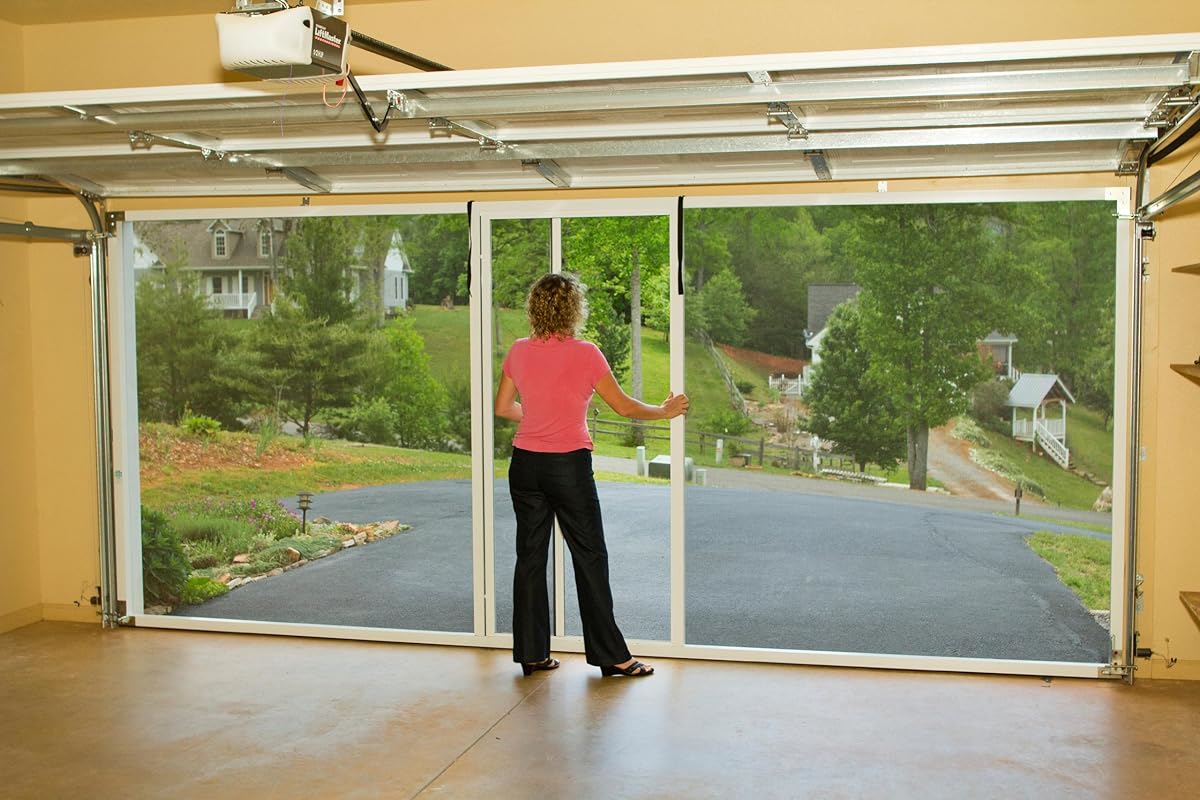

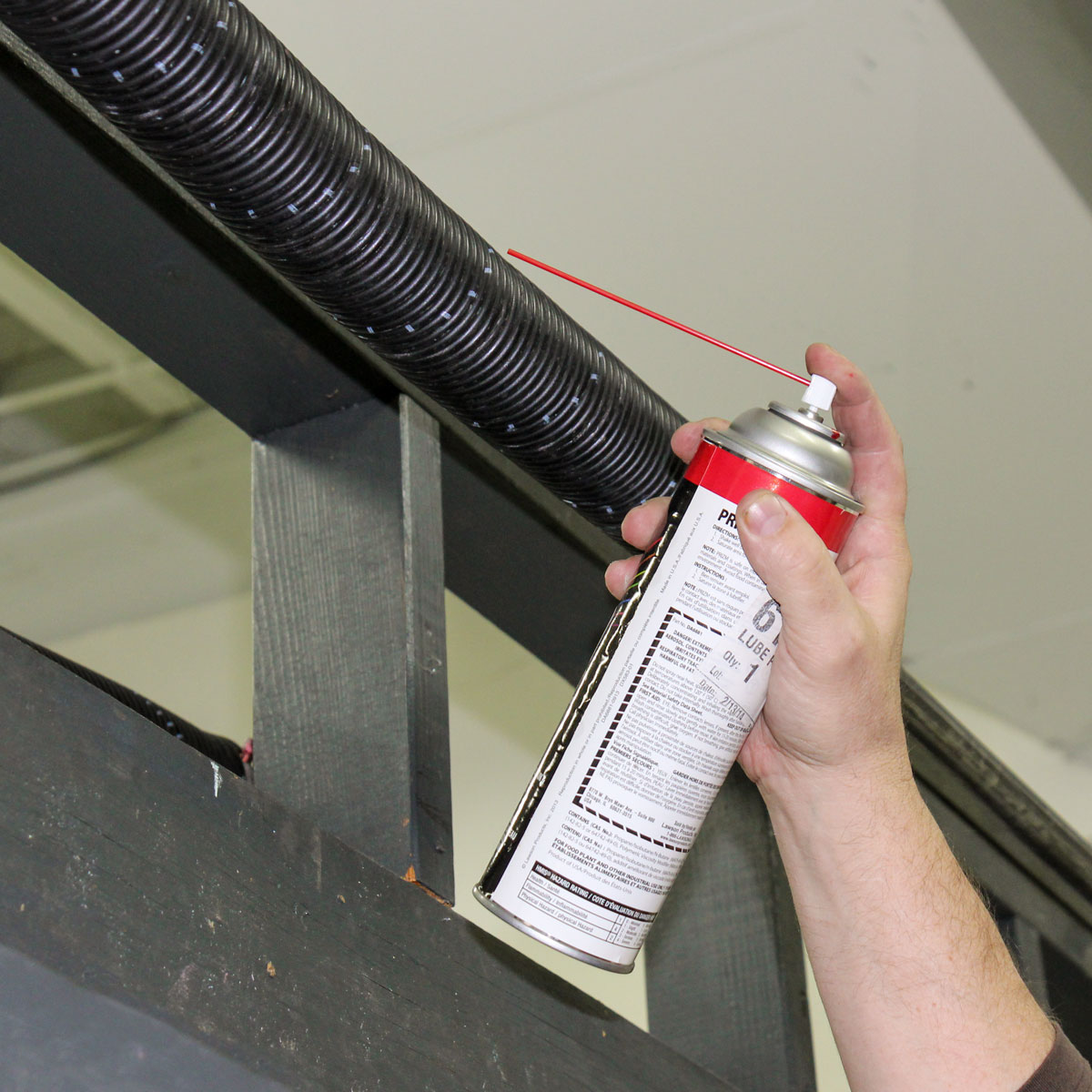
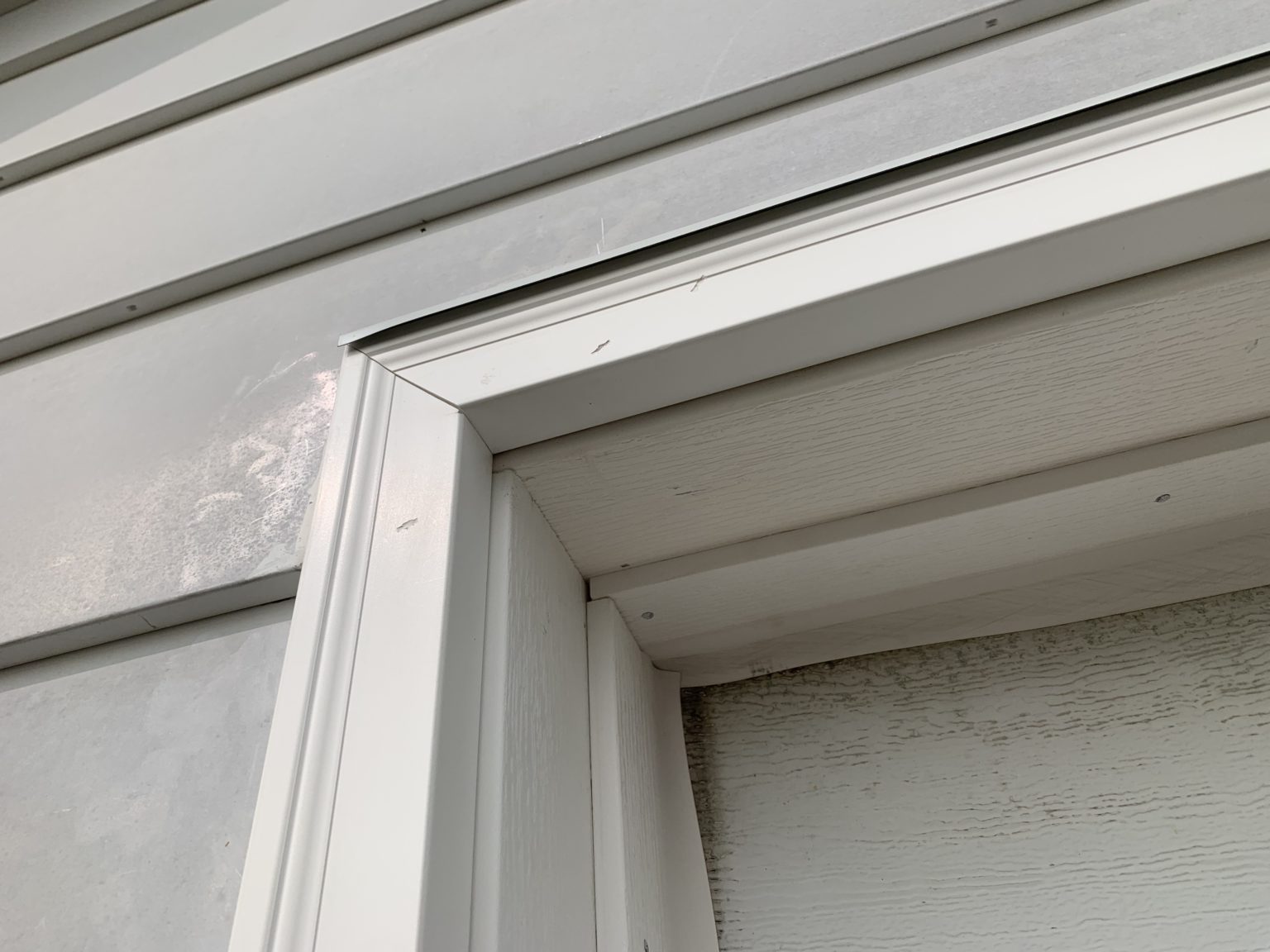


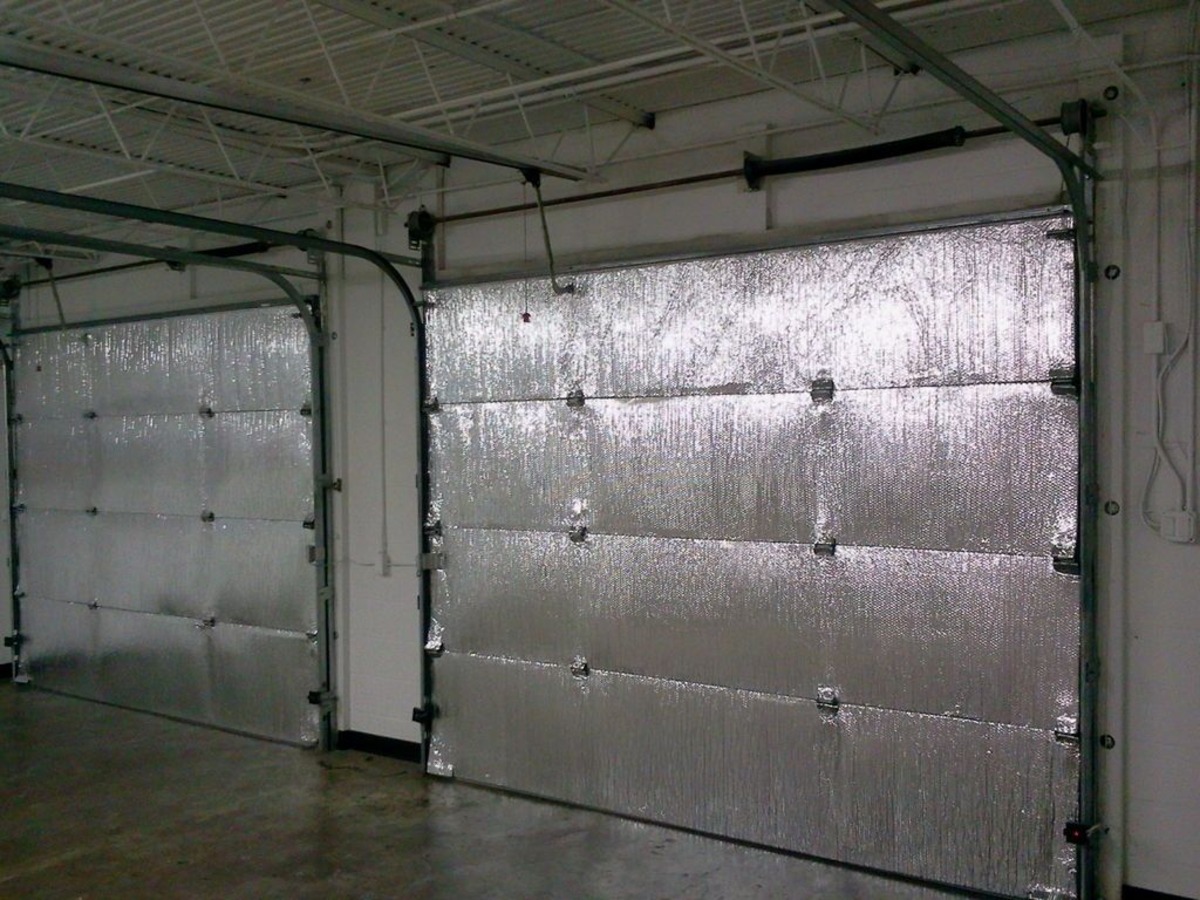

0 thoughts on “How To Oil Garage Door Tracks”